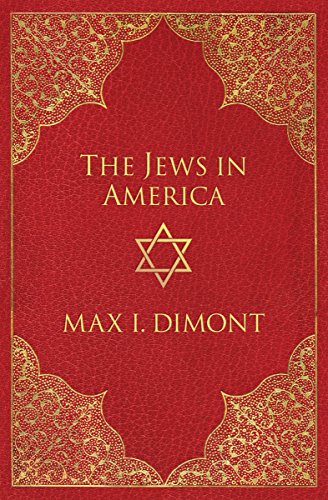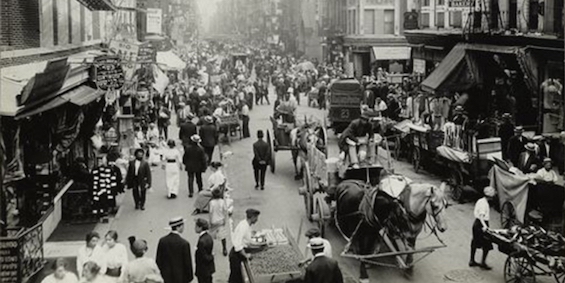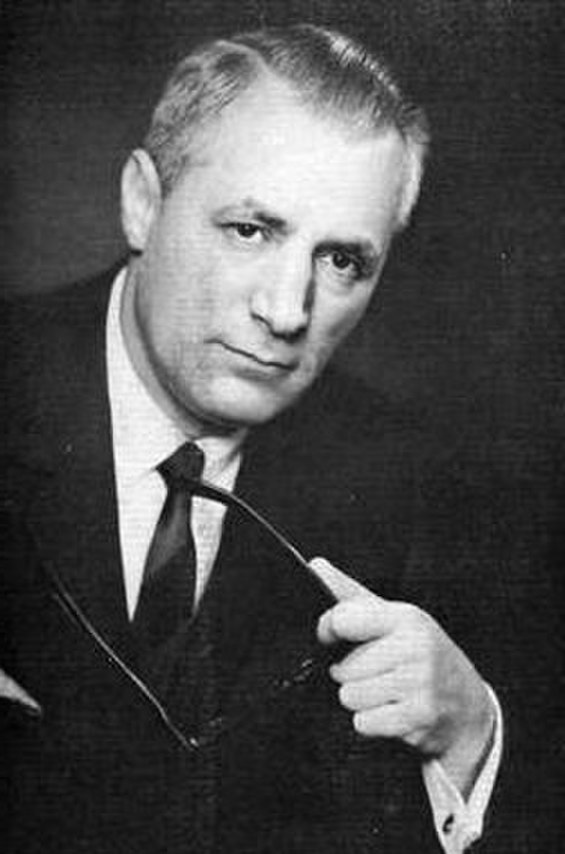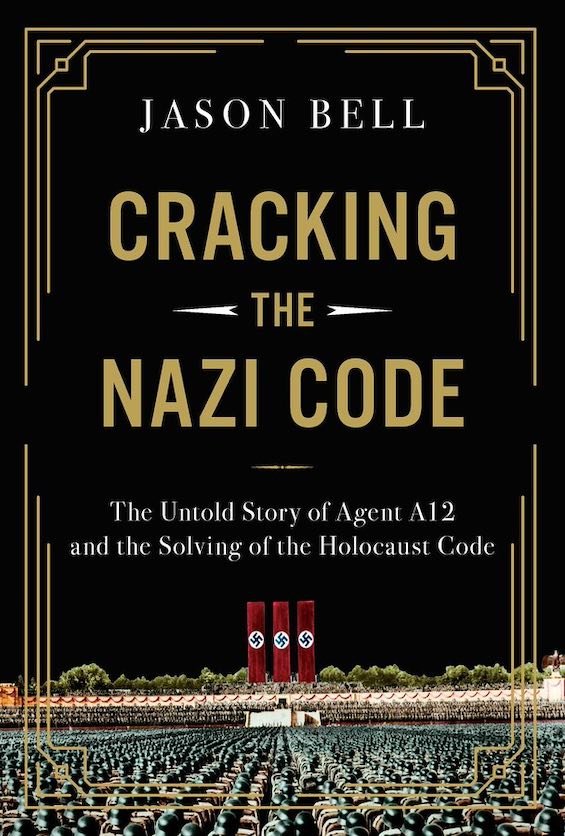
The first Jew arrived in the future United States in 1621. But Jewish history in America didn’t start in any meaningful way until 1654, when 23 bedraggled and impoverished Portuguese Jews arrived in New Amsterdam. They had been wealthy merchants in Brazil forced to flee their homes when the Portuguese retook the Dutch enclave of Recife. And they lost everything when their ship was attacked and plundered en route.
Jewish history in America begins with refugees
Peter Stuyvesant, the governor of the Dutch colony in the future New York City, was unsympathetic. They promised to be a burden on the tiny colony—not a threat, like the accursed Lutherans and Catholics, but undesirable nonetheless. He asked them to leave. Having nowhere else to go, they refused. And his employers at the Dutch West India Company in Holland overrode his decision. Thus begins Max I. Dimont’s celebrated history of The Jews in America.
History told through the lives of remarkable people
The Jews in America is not a dry account of historical facts. Dimont writes beautifully, and he brings to life several representative figures in each era as he traces the evolution of American Jewry over the four centuries of our history. Some of their names may be familiar: famous rabbis, philanthropists, merchants, and professionals, some of them celebrities. Most aren’t. It’s a spirited tale.
The Jews in America by Max I. Dimont (1978) 272 pages ★★★★★

Three distinctive waves of Jewish immigration
Spanish and Portuguese Jews
Anyone with even cursory knowledge of Jewish history in the United States is aware that Jews arrived here in three waves. First, the sephardim, the Jews and Marranos of Spanish and Portuguese descent, who dominated Jewish life in the new land until well into the nineteenth century. Though few in number, they represented Jewry here from roughly 1650 to 1850.
German Jews
Then, beginning in the middle of the nineteenth century, German Jews, many of them fleeing the revolutions of 1848 and the bloody aftermath. By 1880, their larger numbers and their success as merchants and bankers had long since overwhelmed the sephardi influence. But the total population of Jews in America numbered only some 50,000 people at its peak.
Russian and Eastern European Jews
Then came the flood of immigration from Russia and Eastern Europe. From 1880 until 1940, some three million Jews arrived here. Many settled in the great ports of the East Coast. But others, seeking opportunities denied them in the Old Country, rushed across the land, establishing Jewish enclaves in towns and cities from New England to California. “In less than six decades,” Dimont notes, “3 million Jews of Russian and Eastern European background, representing 90 percent of the Jews in America, lost the orthodoxy of their forebears, abandoned their shtetl culture and discarded their Yiddish language.”
Today, the overwhelming majority of Jews in America are Ashkenazim. But they’re often referred to as “Russian Jews.” That’s a term of art that encompasses the descendants of Jewish immigrants not just from Russia but from all the nations of the Baltic coast and Eastern Europe. The label Ashkenazi is more inclusive.
In The Jews in America, Dimont follows each of these successive waves of newcomers. A reader who is unfamiliar with this history will find Dimont’s telling full of surprises. Even though I’ve read a fair amount of Jewish history, I was gobsmacked by some of the revelations.

The varieties of Jewish worship in America
Orthodox, Conservative, and Reform are the three large Jewish sects that have taken root in the USA. Dimont traces their evolution over the years, and what a colorful story it is! Our ordered minds strive to fit these three denominations into clearly defined categories. But Dimont makes clear that there is nothing orderly in their history. And he makes the valid point that there is a fourth and even larger Jewish “sect” in America: the unaffiliated, who belong to no temple or synagogue.
There were no rabbis among the sephardim who first came to America. In fact, the first ordained rabbi settled on these shores in the middle of the 19th century. The sephardim were nominally Orthodox but soon adapted themselves to the congregationalism that was dominant in the country’s Protestant churches. And congregationalism came to characterize the style in which nearly all American Jewish congregations were organized, Orthodox and Conservative as well as Reform. Dimont dwells on the powerful influence that the prevailing Protestant religion exerted on the successive waves of Jewish immigration. In the end, however, “To be Jewish in America, one simply declared oneself Jewish.”
European influence was profound
Dimont makes clear how profoundly American Jews were influenced by the shifting currents of Jewish history in Europe. For example, he writes, “while the Western Enlightenment had led the ‘Western Jews’ [predominantly of Germany and France] to religious reform, the Jewish Haskala [Jewish Enlightenment] led many of the ‘Eastern Jews’ [of Russia and Eastern Europe] to a rejection of religion [as it freed them from the ghettos]. They turned either to Zionism or socialism, but not to Reform Judaism. Though affirming their Jewishness, those who came under the influence of the Haskala rejected organized religion. Some even turned to communism, rejecting Judaism as well.”
Guide for the perplexed
In Dimont’s telling, much of Jewish history revolves around the attitudes of religious leaders toward the Torah and the Talmud.
- The Torah comprises the first Five Books of Moses and is the foundation of the the faith of all “people of the book” (Jews and Christians, but Muslims to a degree as well). It’s also called the Pentateuch. The Torah was written some 1,000 years after the time of the Patriarchs (Abraham, Isaac, and Jacob). For Reform Jews, and for many of today’s Conservative and Modern Orthodox Jews, the Torah remains the centerpiece of their faith.
- However, for the most conservative Orthodox Jews—a tiny percentage of American Jews today—the Talmud has traditionally displaced the Torah as their focus of attention. It consists of two elements, the Mishnah and the Gemara, which comprise the commentaries of learned scribes and rabbis about the Torah. Most of the contents were written roughly 1,000 years after the Torah. In the Torah, there are 613 commandments; the Talmud contains thousands more. Many of these “commandments” cover the most trivial (and now irrelevant) aspects of day-to-day life.
About the author

Max I. Dimont (1912-92) was born and raised in Helsinki, Finland. He emigrated to the United States in 1929 with his mother and siblings. After serving in US Army Intelligence in World War II, he worked in public relations and HR for many years. His first book, Jews, God, and History, appeared to great acclaim and commercial success in 1962. It was the first of his five books on the history of the Jews.
For more reading
Be sure to check out another outstanding book on Jewish history, published a decade before The Jews in America: Howard Fast’s The Jews: Story of a People (An account of Jewish history full of surprises).
You may also want to read Israel: A Concise History of a Nation Reborn by Daniel Gordis (A balanced new history of Israel, warts and all).
You might also enjoy:
- More than 30 great books about Jewish topics
- 15 good books about the Holocaust, including both fiction and nonfiction
- Top 20 books for understanding American history
- 20 top nonfiction books about history
And you can always find my most popular reviews, and the most recent ones, plus a guide to this whole site, on the Home Page.

























